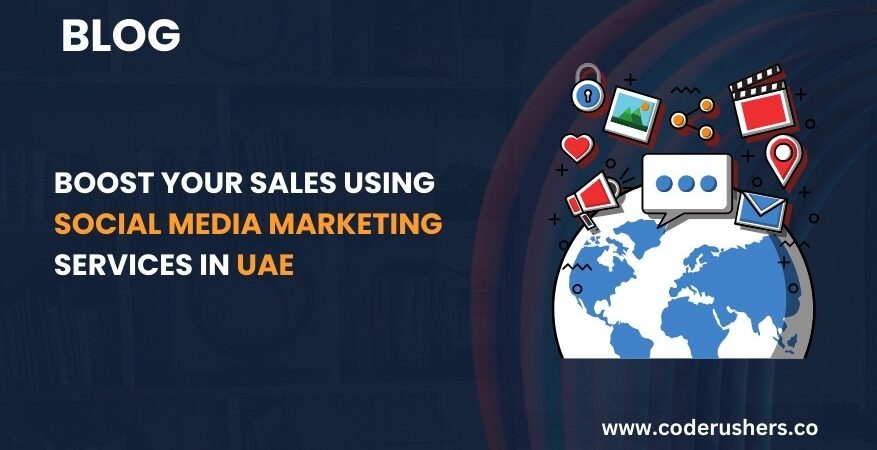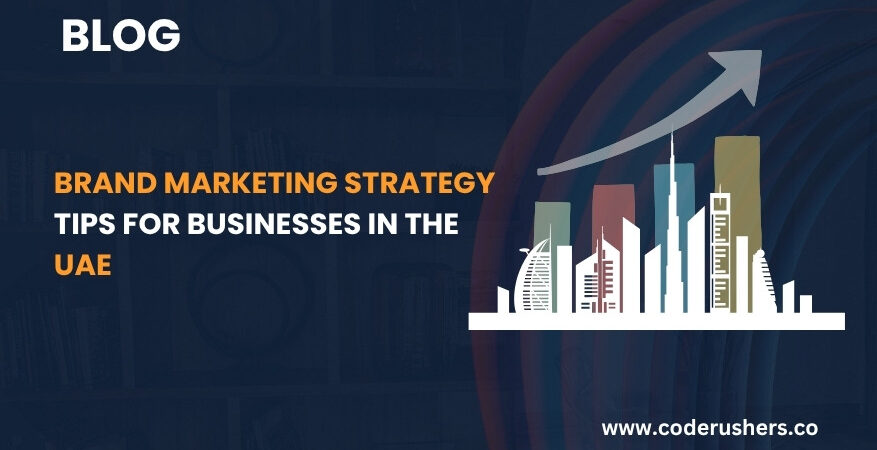
Voice search Optimization: How to Rank for ‘Nearby’ in UAE Arabic & English
Ever noticed how people now talk to their phones more than they type? Yup, “near me” voice searches are officially the new Google gold. And if your business isn’t ready for voice search optimization, especially in the UAE where users flip between Arabic and English, you’re basically invisible to half your market. Voice search optimization UAE is basically your secret weapon that helps your brand show up in hyper-local searches, bilingual queries, and all those moments when people are looking for what you offer, right now, nearby. In this guide, we’ll break down how to rank for near me voice search Dubai, tap into local voice search UAE, and even optimize voice search Emirates-wide, in a way that feels natural, smart, and super doable. Why Voice Search Optimization Matters in the UAE Voice search is exploding thanks to smart assistants like Siri, Alexa, and Google Assistant and UAE users are some of the fastest adopters in the region. Here’s why it matters: Over 50% of mobile users in the UAE rely on voice to search while driving, walking, or multitasking. “Near me” queries have surged across Arabic and English, especially in Dubai and Abu Dhabi. Emiratis often mix languages so you need to optimize for voice search in both Arabic and English. How To Rank Voice Search For ‘near me’ UAE Arabic & English Getting found via voice search isn’t about luck, it’s about strategy. These aren’t just SEO tips, they’re voice-first, UAE-specific tactics to help you stand out when people speak, not type. Whether you’re targeting expats, tourists, or local Arabic-speaking customers, these steps will help you optimize voice search in the Emirates and in both languages. 1. Optimize Google My Business For Voice Search UAE If you want to rank for near me voice search Dubai or “open now” queries in Arabic, your Google My Business profile is non-negotiable. It’s the #1 factor that feeds local and voice results to build trust with Google when it pulls voice snippets. How to level it up: Use both Arabic and English descriptions (properly translated). Add services, categories, hours, and recent photos. Keep your NAP (Name, Address, Phone) consistent across the web. Add Q&A and update your profile regularly. Read more here to Boost Visibility with Expert GMB Service in UAE: Google Listing & Local SEO Solutions 2. Use Conversational, Long-Tail Keywords Want to win voice queries like “best Dubai restaurant near me open now”? Then you’ve got to speak the way your users do. Forget stiff keywords, it’s time to go full conversation mode. These long-tail, voice-style queries will also help you rank voice search for ‘near me’ UAE in a more natural, user-friendly way. Tips to naturally hit voice SEO UAE: Add FAQs using real speech-based phrases Build sentences with “where can I,” “closest,” “open now,” “near [landmark]” Include bilingual questions or regional phrasing used by locals 3. Optimize Voice Search Emirates Voice assistants like Alexa and Google favor content that’s locally rooted. That means you need pages or blogs that feel local and relevant. This not only helps with text-based SEO, but it also tells search engines that you’re a valid answer for near me search Arabic UAE as well as English queries. To improve local voice search UAE: Add dedicated landing pages for Dubai, Sharjah, Ajman, etc. Write blog posts about popular spots: “Where to Eat in Business Bay on a Budget.” Drop in references to landmarks, areas, or even malls users might mention. 4. Make Your Mobile Experience Voice-Friendly The better your mobile UX, the more likely you’ll rank when someone asks, “Is there a nail salon near me that’s open?” As most voice searches happen on mobile. So if your website is slow, clunky, or confusing, Google won’t recommend it, especially not in a spoken result. How to create a voice friendly mobile UAE experience: Optimize for page speed (under 3 seconds) Use responsive design with clear calls-to-action like “Call Now” or “Book Appointment” Ensure your site is easy to navigate with one hand Add schema for business info (opening hours, phone number, etc.) 5. Create a Voice-Optimized FAQ Section Want to know the easiest way to match spoken queries? Build a high-quality FAQ page using actual questions people ask their phones. This is the underrated hero of voice SEO in the UAE. This tactic works especially well if you’re trying to figure out how to optimize for nearby voice search in English and Arabic. When someone asks “Do you deliver to Al Barsha?” Or “Are you open on Fridays?”, your FAQ should answer clearly and conversationally like a human, not a robot. Use tools like: Google’s “People Also Ask” box Answer the Public Your own customer service queries Voice SEO Tips for UAE Businesses Here’s a checklist that UAE business owners can start applying right now: Add both Arabic & English phrases in location-specific content Use “near me,” “open now,” “close to [landmark]” naturally Optimize GMB with accurate, up-to-date info Use schema markup + fast-loading mobile site Answer voice-style questions on your website Target long-tail, conversational keywords Stay consistent with NAP data everywhere Final Thoughts! Voice search optimization in UAE isn’t just an SEO trend. It’s your digital storefront in both Arabic and English. Whether you’re a restaurant, salon, service provider, or local shop, your business needs to show up when someone says, “Hey Google, what’s close to me?” If you’re ready to dominate “near me” voice searches in the Emirates, Code Rushers can help you build a voice-friendly, bilingual SEO strategy that turns local queries into real customers. Let your business speak up and get found. Frequently Asked Questions What is voice search optimization and why does it matter in the UAE? Voice search optimization means tailoring your content and online presence to rank for spoken queries, especially on mobile devices. How can I rank for ‘near me’ voice searches in
Explore More








